The tech world just witnessed one of those moments that makes you pause and think about how quickly digital freedoms can vanish. Apple has removed ICEBlock and other apps that allow users to anonymously report sightings of U.S. Immigration and Customs Enforcement agents from its App Store. Now you might be wondering why this matters. It is not every day that a simple app removal sends ripples through the tech community and sparks questions about who really controls what we can use.
Here's the break from routine: this was not just Apple making a content call. The removal came after pressure from Attorney General Pam Bondi, who demanded a takedown citing safety concerns. A single government demand, and a tool disappears. That sets a precedent where political winds can dictate platform choices more than community value.
The scale makes it hard to shrug off. ICEBlock had been downloaded over a million times before its removal, a rare, real-time case of political pressure succeeding against a popular, technically sophisticated app.
What exactly was ICEBlock, and why did it matter?
Let's break down why the app was both technically clever and politically exposed. ICEBlock allowed users to lawfully share information about where they've seen ICE agents within a 5-mile radius of their location, including details about agent clothing. The trickier part was anonymity, a problem that often challenges apps like this.
ICEBlock does not collect or store any user data, which TechCrunch confirmed through network traffic analysis. This was not just a marketing claim; they tested it. The app achieved anonymity through an iOS-first design that leaned on the platform's privacy advantages. The app was limited to iOS because maintaining anonymity on Android isn't possible due to its push notification requirements, with iOS offering flexibility to deliver push notifications while adhering to a strict privacy design philosophy.
Those constraints explain its core design choices. The 5-mile radius and automatic 4-hour deletion were not arbitrary; they were tuned for usefulness without leaving a trail. In effect, the developers built an ephemeral information network that vanished almost as quickly as it appeared.
Adoption followed real-world events, not ad budgets. Developer Joshua Aaron told the BBC he built the app to help people stay safe amid widespread ICE raids, launching in April as enforcement intensified. Downloads took off in June, the month immigration raids were launched in Los Angeles. Cause, then effect.
The government pressure campaign that changed everything
Here is how coordination turned into removal. Apple said it removed the apps after being contacted by law enforcement about safety risks. The timing, though, tells a different story than a routine safety review.
Fox Business reported that Justice Department officials asked Apple to remove ICEBlock at Attorney General Pam Bondi's direction. This was not bureaucratic middle management; it was the nation's top law enforcement official targeting a specific, fast-growing app.
The pressure came from several angles. Officials have repeatedly threatened legal action against those using ICEBlock, while Homeland Security Secretary Kristi Noem said officials were trying to see if CNN could be prosecuted for reporting about the app. When you are talking about prosecuting a news outlet for coverage, we are past routine safety concerns and into political suppression.
A tragedy then sealed the argument. A shooting at an ICE detention center in Dallas resulted in two detainees being killed, with FBI officials claiming the gunman had searched apps tracking ICE agent presence. Once violence is linked to a service, platforms tend to fold, even when an app has legitimate uses and strict safeguards.
The U.S. government argues that apps like ICEBlock endanger federal workers by revealing their locations and likenesses. That claim resonates in the aftermath of a shooting, and it shows how a single incident can be used to eliminate tools that also serve community safety.
Apple's response and the broader App Store implications
Apple's statement follows a now-familiar script. Apple said, "We created the App Store to be a safe and trusted place to discover apps," and "Based on information we've received from law enforcement about the safety risks associated with ICEBlock, we have removed it and similar apps". If you watched the HKmap.live saga, the rhythm will ring a bell.
There is precedent. Apple initially rejected and then approved HKmap.live during Hong Kong protests, then removed HKmap.live weeks later, saying it had "endangered law enforcement and residents". The ICEBlock episode followed a similar arc with a faster pace, and Apple's responsiveness to government pressure appears to have sped up.
Speed matters here. Within hours of Attorney General Bondi's public demand, the app was gone. That kind of turnaround points to either established lines to the DOJ or a company highly sensitive to top-level government pressure after earlier controversies.
There is a twist. The same centralized control that enabled ICEBlock's strong privacy protections made it easier to pressure Apple as a single gatekeeper. Better privacy for users, less independence from political influence. That tradeoff is getting sharper as apps collide with contentious public issues.
From a platform governance angle, technical compliance and strong adoption offered little shelter. ICEBlock hit Apple's privacy ideals, crossed a million downloads, and delivered obvious community value. None of that mattered once officials branded it a threat.
What this means for the future of platform governance
In short, app availability is no longer just about code quality or demand. It is about navigating a politicized landscape where government pressure can override user choice overnight.
We have moved past the idea that technical excellence and privacy by design insulate an app from political crosswinds. ICEBlock did the technical work, found an audience, and served a clear need. That did not protect it.
The takedown comes amid mounting tensions between the Trump administration and immigration policy opponents, and similar fights will land on apps tied to voting access, healthcare, environmental monitoring, and other hot-button topics. The ICEBlock precedent says platforms will usually comply when safety can be cited by high-level officials, even if an app has legitimate uses.
Developers now face a tougher bet. You can build the most privacy-respecting, technically sophisticated tool around, yet if it intersects with an issue a future administration wants to clamp down on, you are wagering that platform policy will hold the line. The odds do not look great.
Users lose agency, too. The million-plus people who downloaded ICEBlock did not just lose an app; they lost a community safety tool they chose for themselves. They also got a message, loud and clear, that their choices can be erased by decisions made without their input.
Looking ahead, expect more moments where government demands outweigh user interests, developer innovation, and technical merit. The ICEBlock removal sets a clear direction: when pressure rises and safety is invoked, platforms will choose compliance over advocacy. Right now, that balance tilts away from user empowerment and toward political power.








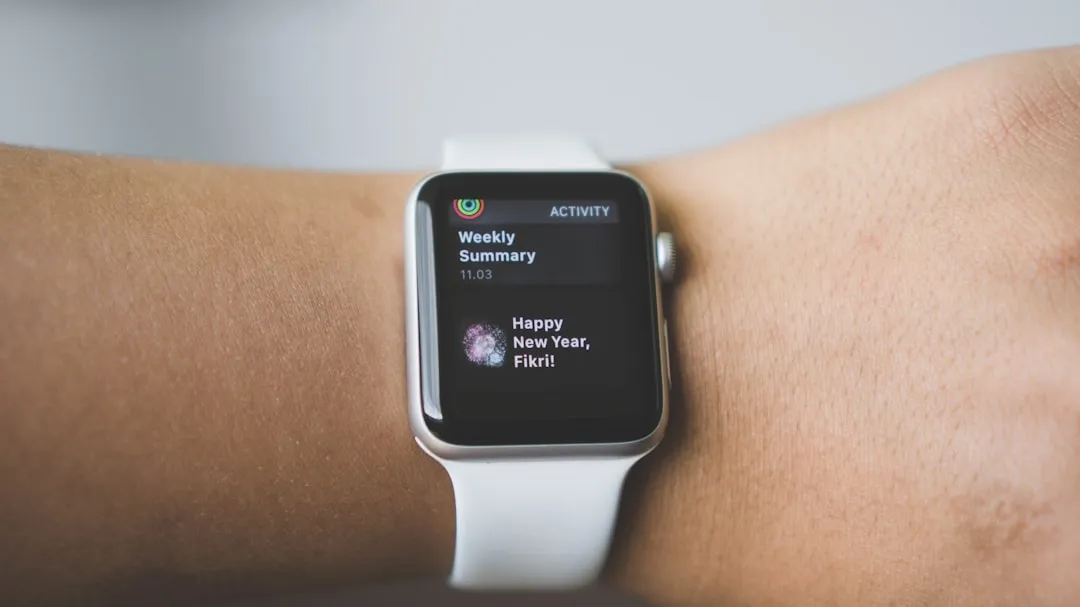
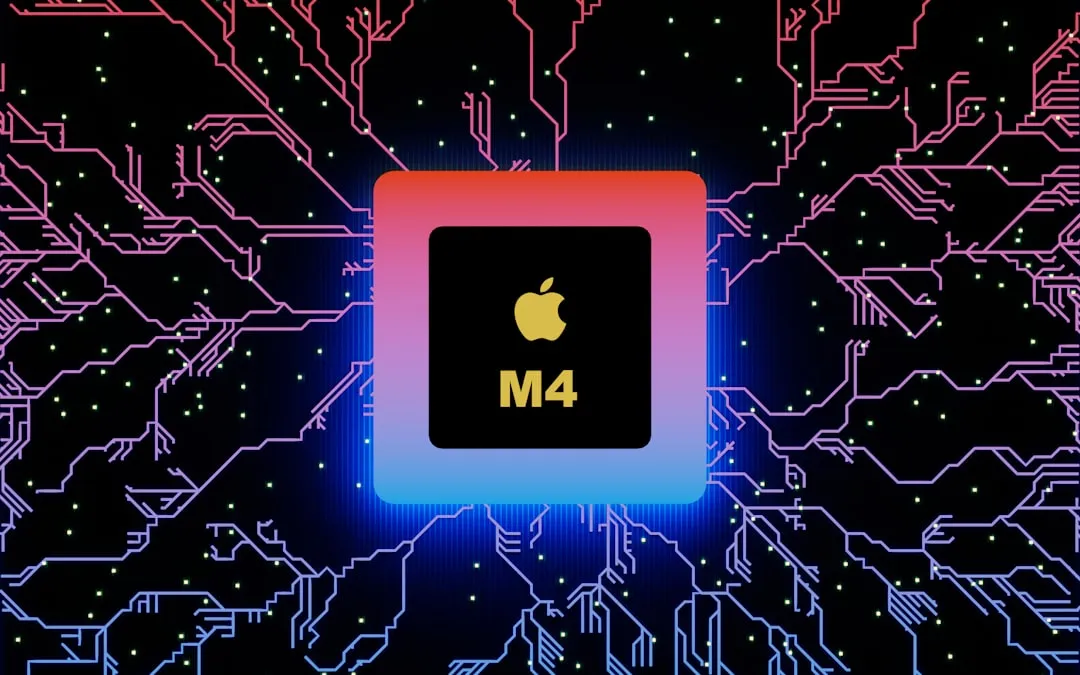




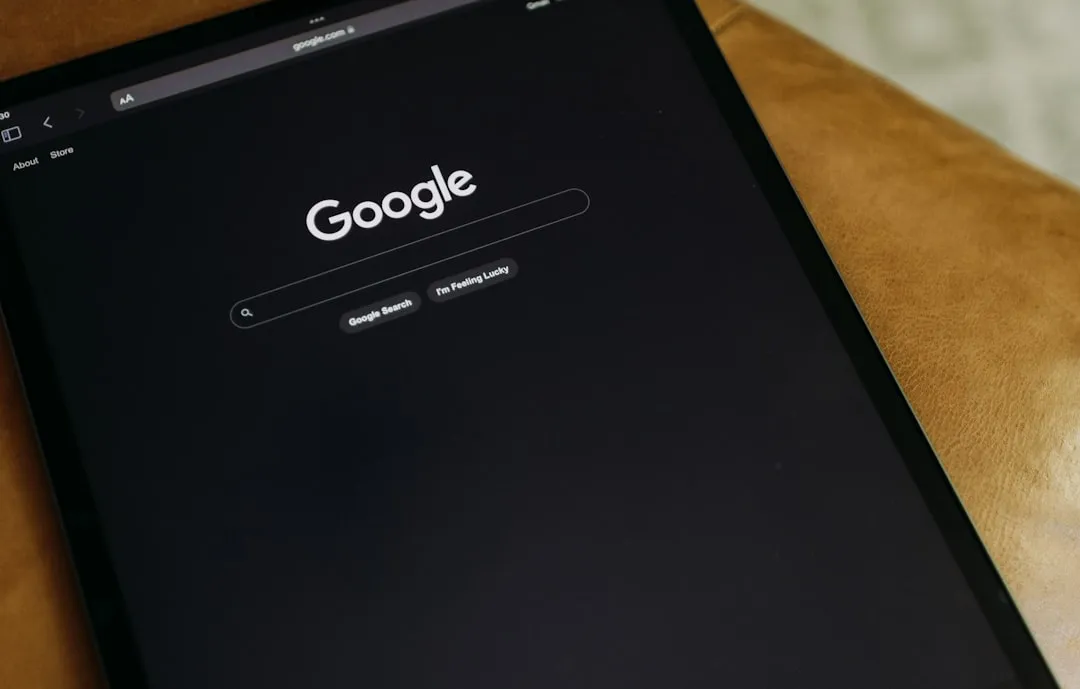

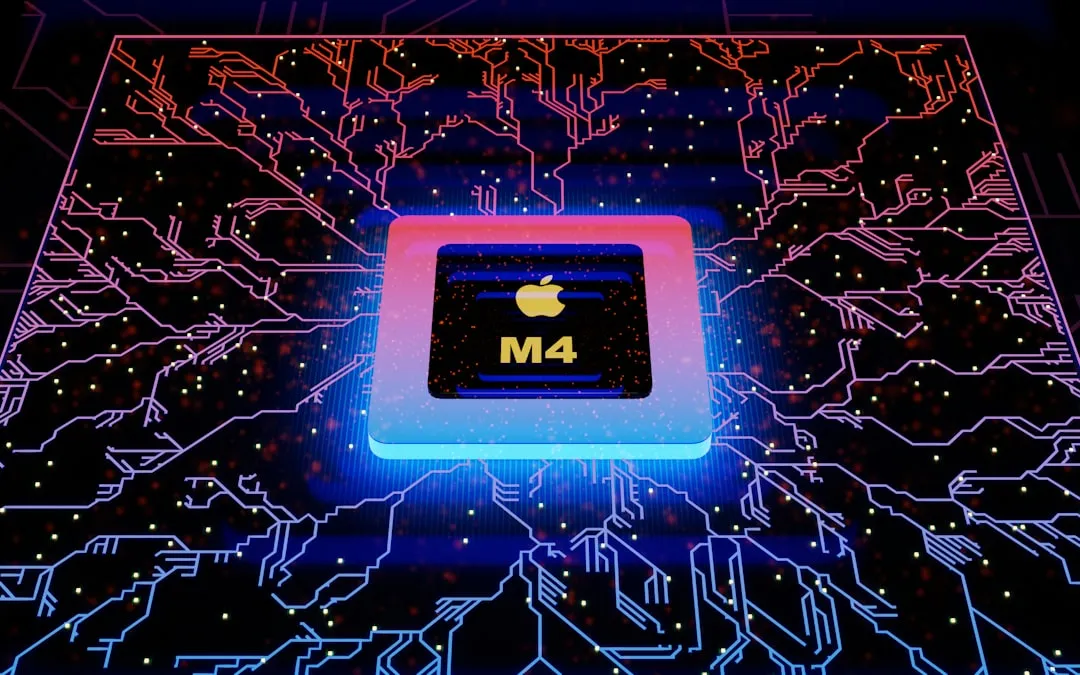


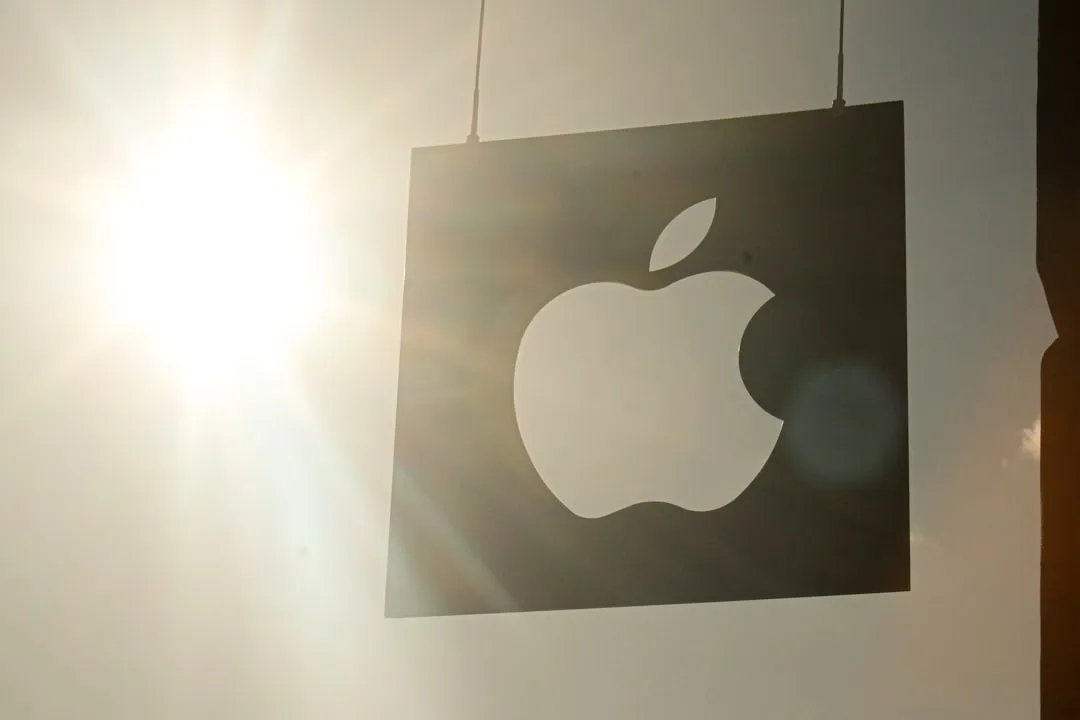
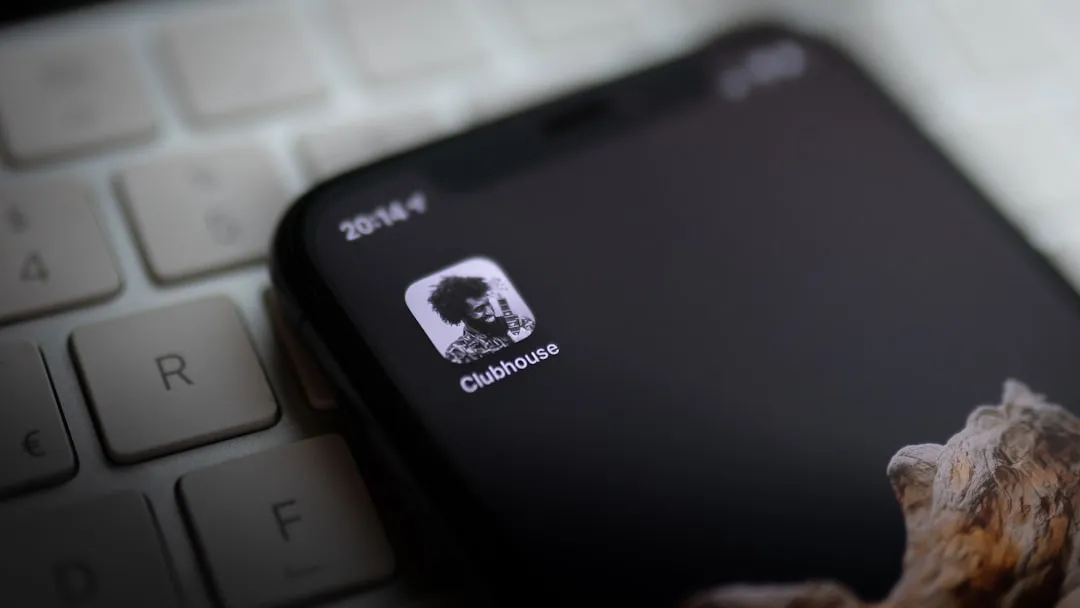


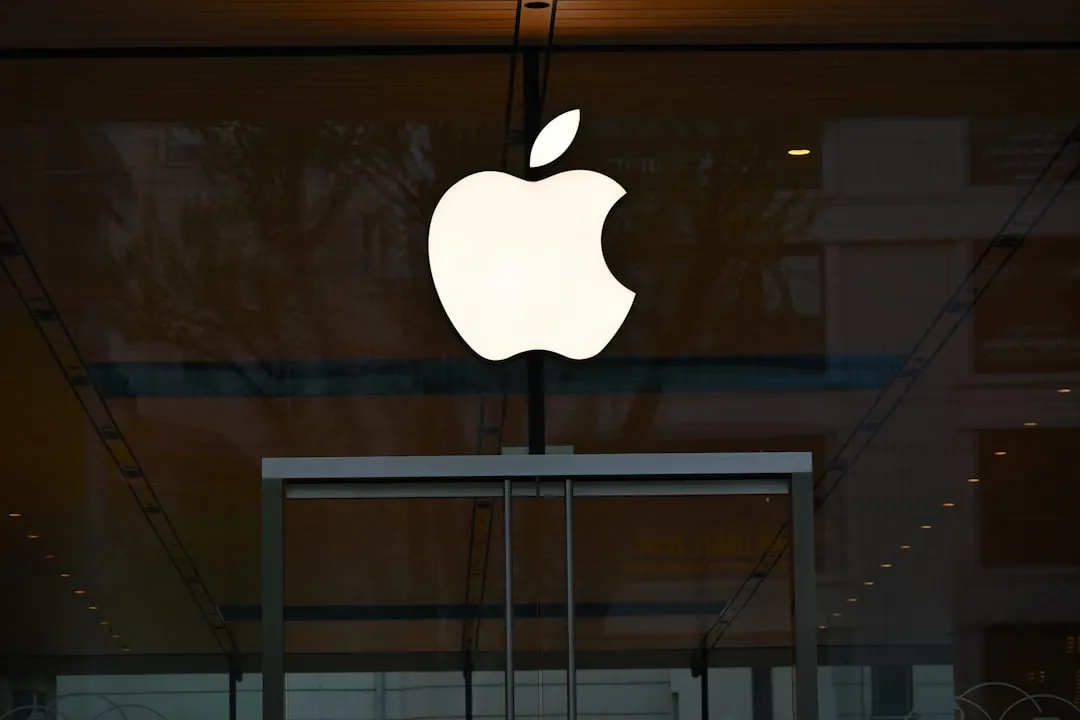

Comments
Be the first, drop a comment!